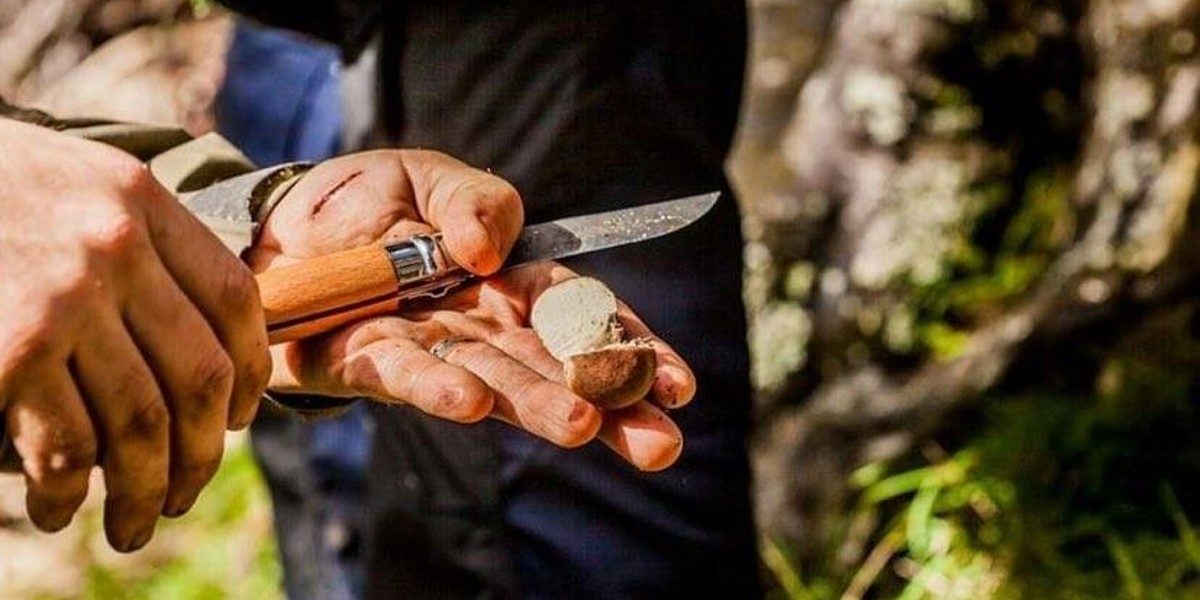This article was written by New Zealand Survival Academy and originally appeared on the blog of Warfighter Athletic. Get your exclusive GovX membership discount on Warfighter Athletic gear right here.
The weapons and tools we use each have an intended purpose, whether we are seeking comfort in the wilderness, everyday carry or offshore on operations. You’re only as good as the condition and quality of the tools you carry. Here are a few tips to ensure you are maintaining your knife to its full potential for years of reliable use.

Four ways you should NOT use your knife.
Digging with your knife: Back in the basic army days, I would carry an inexpensive, lightweight knife specifically for digging covert shitters. It helped to cut through roots in thick bush. But I would never use my high-quality bush knife, or the knife I wear on my body armor for poking around in the dirt. Inevitably you will strike a stone which will damage the blade. Even if this doesn’t happen, the dense and coarse nature of soil will dull the blade and speed the process of rust if it is not cleaned soon afterwards.
As a pry bar: As Special Operations soldiers (and as Kiwis) we pride ourselves on ingenuity and on the spot thinking. However prying things open with your blade is a sure way to damage it. It is best not to get into this habit. I have seen good blades used to remove nails from wood and wedge open large bits of wood. This can eventually or immediately cause curvature or worst a breakage which cannot be reversed.
Batoning logs: Never place your knife on a piece of wood and smash it with another log to split it. This is usually the main cause of broken blades.
Batoning wood open is a really good technique to use if the log is smaller than two inches in diameter, and you protect the straight edge of the blade while doing so. Done correctly, we use this technique a lot and really advocate it. If you need to split larger bits of wood, then invest in a small hatchet.
Leave moisture on it: Personally, after I get out of the bush and before showering or heading inside; I pull everything out, wash, dry, air out and oil if necessary. This includes my knives, a small bit of moisture on the blade and left in a pouch is a sure way to invite a bit of ‘soldiers gold’ to start forming. If left for a too long or forgotten about, it will be a nightmare to get it back to its original state.
If you do allow rust to form, you can scrub off with steel wool or light sandpaper and WD-40.

Four ways you SHOULD use your knife.
Clean it. When finished cutting with your knife, always give it a quick clean if possible. Wipe off any dirt and dry any moisture before placing back in its sheath. This is particularly important for longer storage.
Oil it. All high carbon steel blades should be lightly oiled before storing.
Choose the right sheath, and keep it clean. Leather sheaths can hold moisture. If they are not dried correctly before storage it can lead to rust on your knife. Sometimes a good plastic sheath with drainage/ ventilation holes is a happy alternative. Personally, I enjoy leather sheaths, so I just leave the blade out of the sheath for a few days before storing it. You can also purchase a leather conditioner to greatly extend the life of a leather sheath.
Sharpen it. A blunt knife is a dangerous knife. Take a few minutes to sharpen up and shape the edge, removing any burrs or chips as necessary. This way, it will be ready to go for your next trip. For heavily damaged cutting edges, I find a good way to repair them is to use a sharpening system with a pre-set angle. Once you have removed all the burrs and chips, move on to a diamond or ceramic whetstone for putting a final, fine edge on your blade.
- KO TE MATAURANGA TE KAHA (knowledge is power)
Written by: New Zealand Survival Academy for Warfighter Athletic

